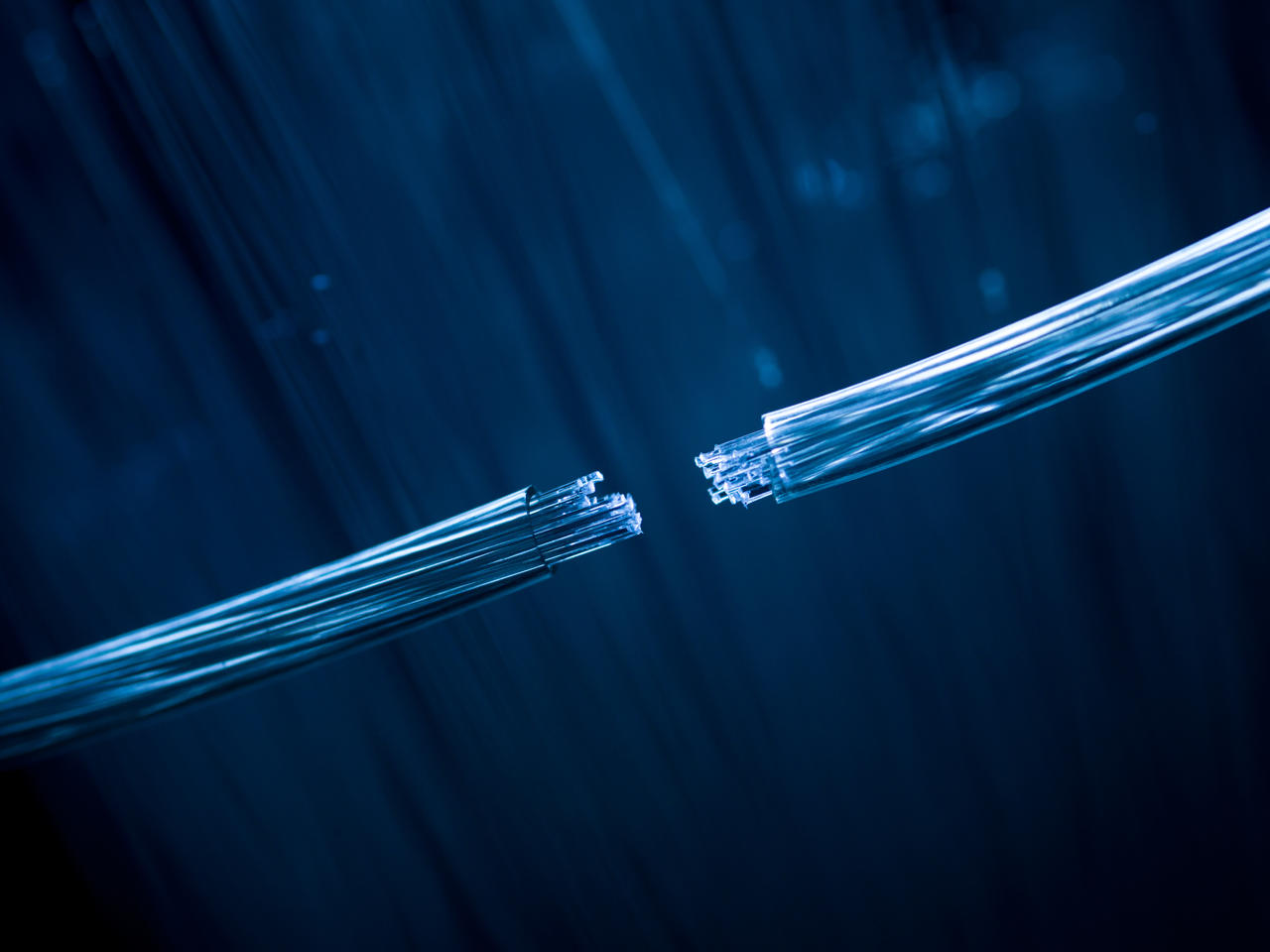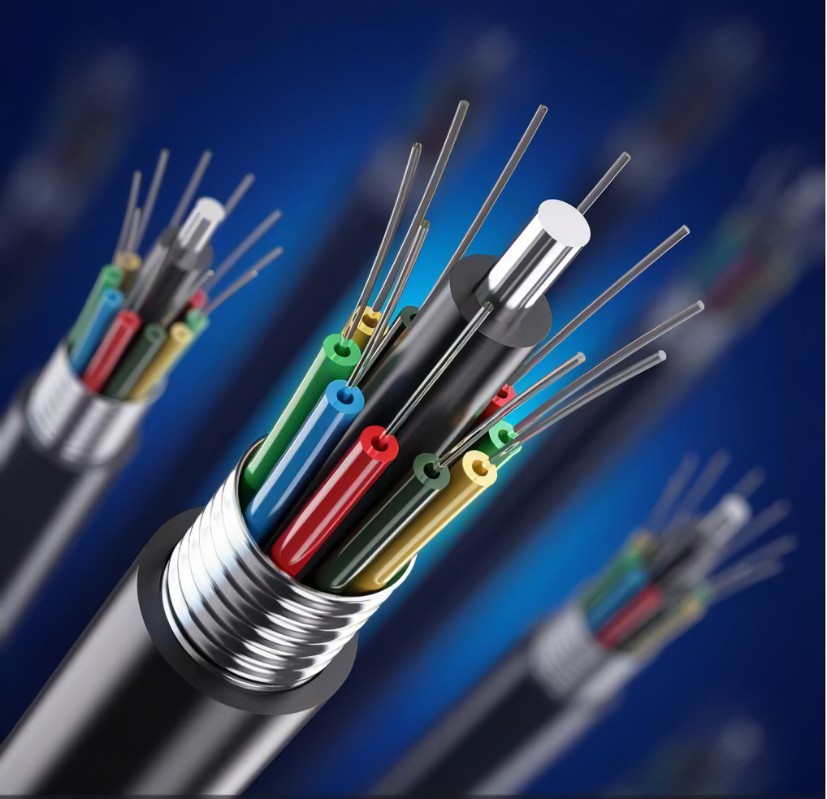
Trans Americas Fiber System, Inc. and Xtera 2 companies have jointly announced that initial construction has begun on the new TAM-1 submarine fiber optic cable system.
The cable was formerly known as the Trans Caribbean Fiber System.
TAM-1 is the first fiber optic cable designed to meet the explosive data demands of the Trans Americas region, advancing connectivity solutions through state-of-the-art products and services.
Designed for low-latency and high-capacity solutions, the TAM-1 system is more than 7,000 kilometers long and will connect Florida to Central America and the Caribbean.
It will be scheduled to be operational by 2025.
TAM-1 is the first phase of a broader digital infrastructure project that will be implemented over the next five years.
A large-scale, highly reliable network will be established throughout the Caribbean Basin and extend into the Pacific region of South America.
A fiber optic cable is a communications cable consisting of two or more glass or plastic fiber optic cores that are located within a protective cladding covered by a plastic PVC outer sleeve.
Signal transmission along the internal fibers typically uses infrared light.
In January 2013, Cuba's transformation of its communications by opening fiber optic cables to add foreign channels sparked global attention.
As the general contractor for the project, Xtera will manage the construction process, supplying innovative repeaters, branching units, and submarine line terminations.
Industry-leading partners will provide offshore installation services and fiber optic cable.
American Telephone and Telegraph (AT&T) has played a pivotal role from the project's conception as the system's anchor tenant and lander in all U.S. jurisdictions.
Sustainability and environmental responsibility are key principles for Transamerica Fiber Systems, AT&T, and Xtera, and these principles will be adhered to throughout the production, construction, and operation of the system.
The region is finally getting the state-of-the-art connectivity platform it needs to foster growth across industries and further contribute to bridging the digital divide, said Julio Bran, CEO of Transamerica Fiber Systems.
The launch of TAM-1 is the result of significant efforts by our founding partners, Global Telecom Investments and LW Subsea Holdings.
It is also the result of the confidence placed in us by our major tenants and deployment partners, AT&T, Xtera, and EGS Survey.
Over the past three years, we have also been supported by a wide range of industry experts, including Arnos Telecommunications Services, Pioneer Consulting, Terabit Consulting, and Julian Rawle Consulting, which will create a unique digital highway designed to meet the demands of the data-driven era. highway designed to meet the demands of the data-driven era.
Delivering smooth capacity and bandwidth on demand, TAM-1 will provide customers with the tools and services they need to best operate and upgrade their networks.
Exactly why does fiber optic cable connectivity have so much impact on business and society, we also need to understand what are the properties of fiber optic cables to understand.
The alloy conductor's cross-sectional area is copper 1.5 times when the alloy conductor and copper conductor's electrical performance is the same, to achieve the same current-carrying capacity, resistance, and pressure loss.
Aluminum alloy resistivity between aluminum and copper is slightly higher than aluminum but lower than copper.
Under the premise of the same cross-sectional flow, the weight of the same length of aluminum alloy conductor is only half of that of copper.
There are many factors affecting the cross-sectional flow of power cables.
1 Line Characteristics
Working electricity, current type, frequency, load factor.
2 Wire and Cable Structure
Such as the structure of the conductive core, the number of cores, the type of insulation material, shielding and inner and outer sheath structure and material, and total outside diameter.
3 Laying Conditions
Such as laying in the air, pipeline laying, direct burial laying, underground trench laying, and underwater laying.
4 Permissible Operating Temperature and Environment
Such as air and soil temperatures, soil thermal resistance coefficient, and the neighboring effect of the surrounding heat sources.

Aluminum alloy cable production process, Germany's most advanced tight pressure technology, so that its conductor filling factor can reach 93%.
And aluminum alloy cable using silane cross-linked polyethylene, this insulation is only 2/3 of the thickness of polyvinyl chloride can be far more than the conventional insulation properties.
While the filling factor of copper can only reach 80%, the commonly used insulation is polyvinyl chloride, so the outer diameter of aluminum alloy cable is only increased by 11% or less based on copper cable, it can have the same electrical properties as copper.
It can be seen that the use of aluminum alloy cable does not need to change the original use of copper cable pipe design.
(General designers designed the laying pipe size of 150% of the copper cable, considering the problem of capacity increase, the size of the laying pipe increased to 200% of the copper cable, so wearing the pipe is not a problem.)
Non-magnetic materials do not produce eddy current and can reduce line loss.
Aluminum alloy band-linked armor locking material is a non-magnetic material, even if there is a three-phase unbalanced current, will not produce eddy currents, and can reduce line loss.
From the first transatlantic telephone cable to today's submarine-grade, state-of-the-art fiber optic systems, our heritage in submarine cables goes back nearly 70 years," said Corey Anthony, senior vice president of network operations for AT&T. At AT&T, we're connecting people to greater possibilities, and the TAM-1 submarine fiber optic cable system - the most advanced large-scale fiber optic technology available today - is all about delivering new connectivity through a reliable, flexible digital infrastructure."
Cables are made of metal (mostly copper, and aluminum) as a conductor; optical fibers use glassy fibers as a conductor.
Cable transmits electrical signals; optical fiber transmits optical signals.
Cable is now used for energy transmission and low-end data transmission (such as telephone). Optical fiber is mostly used for data transmission.
Keith Henderson, CEO of Xtera, noted, "We are honored to have been awarded the contract to build the new TAM-1 submarine fiber optic cable system. We have assembled a world-class team of partners and, coupled with our industry-leading technology, we are delivering a solution that will make TAM-1 a state-of-the-art pan-American network. With our regional expertise and flexible approach, we look forward to delivering the system in 2025."